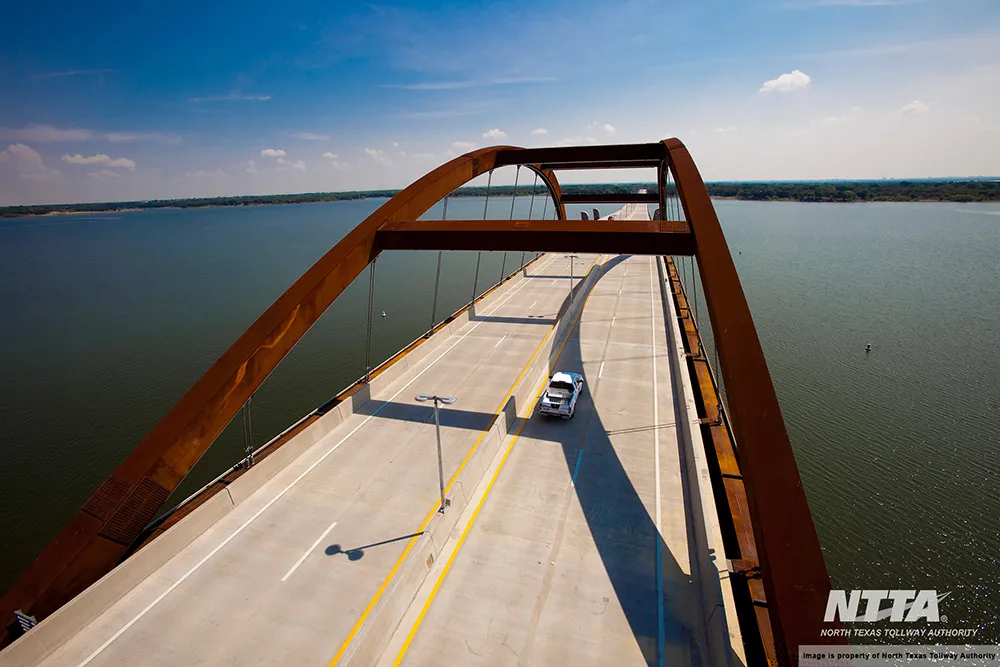Parsons Brinckerhoff and joint venture partner Seymour Whyte has been awarded the design and construct contract for the Smith Street Motorway and Olsen Avenue Interchange upgrade in Queensland.
The project, worth in excess of US$50m, was awarded by the Department of Transport and Main Roads and involves the upgrade of the critical link between the new Gold Coast Health and Knowledge Precinct and the Pacific Motorway. Project focus areas include: Providing capacity for future traffic volumes and emergenc
February 11, 2014
Read time: 2 mins
The project, worth in excess of US$50m, was awarded by the
Parsons Brinckerhoff’s director of transport, Mark Keogh commented that the structure of this joint venture is unique and represents a positive, strategic step forward for industry: “We are pleased that Parsons Brinckerhoff and Seymour Whyte have joined together under a joint venture agreement to deliver this project, and will be trading as GC Connect Joint Venture.
“A key challenge for the project will be to ensure that all critical milestones are met, with construction set to commence in early 2014 and expected completion in mid-2015,” he concluded.









